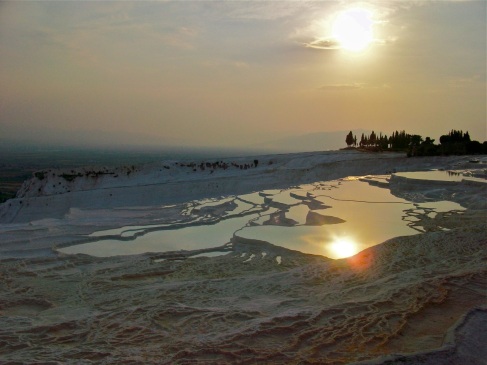Oregon is a unique state. It’s beauty has gotten a bum rap, nationally speaking. Portland, it’s most cosmopolitan city, known for being “stuck” in the Pacific Northwest, the part of the US between better known Seattle, to the north in Washington state, and the better known San Francisco and Los Angeles and Yosemite, to the south in California. But Oregon boasts a number of qualities and terrains that these other states don’t. We have beautiful Mt. Hood, just an hour to the east of Portland, full of pine forests and wild rivers with much to explore and hike. Many find the rolling hills, farms and wine country, of the central valleys, very similar to the terrain in England. To the east, Oregon’s high desert plateaus illustrate vulcanism similar to Craters of the Moon in Idaho, which is also better known. Our section of coastline on the Pacific waterfront, is one of the most accessible, being miles and miles of flat sandy beaches unbroken by private ownership. But stuck between two better known states, it seems much of Oregon is still “Undiscovered Country.”
Here is just a glimpse of a couple of vistas of our beautiful coastline. California may have a nice pier at Santa Barbara. And Malibu is better known because Joni Mitchell sang songs about it’s beach. But Oregon’s coastal vistas are just as beautiful if not popularized on TV and radio. Certainly we don’t have the same traffic jams, or access fees! In our state, visiting the beach is still free.

Cascade Head, Lincoln City

Bandon Headland

Bandon beach

Gold Beach, Brookings

volcanic shoreline Gold Beach

Pacific Highway 101, Manzanita
Read Full Post »
 Boundary Bay, British Columbia
Boundary Bay, British Columbia




 A silky Cape Breton sky.
A silky Cape Breton sky.
 Cape Breton bog flora. Below: Pitcher plants
Cape Breton bog flora. Below: Pitcher plants

































